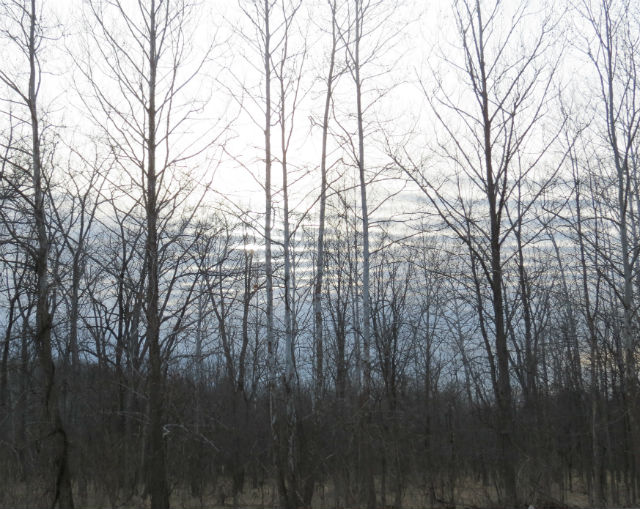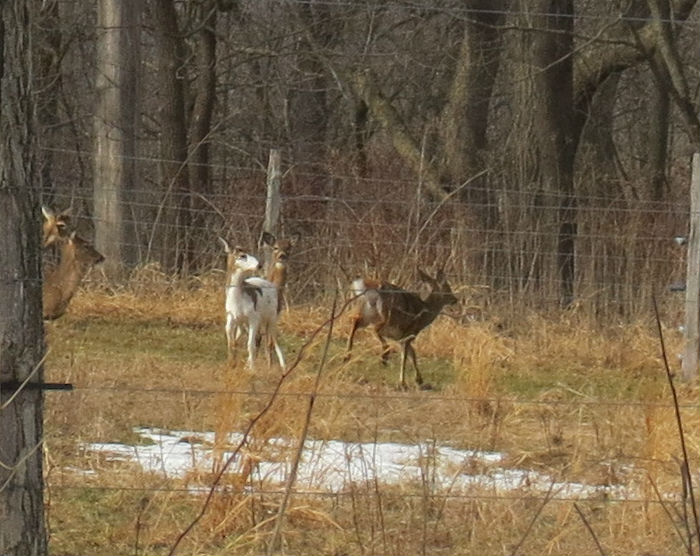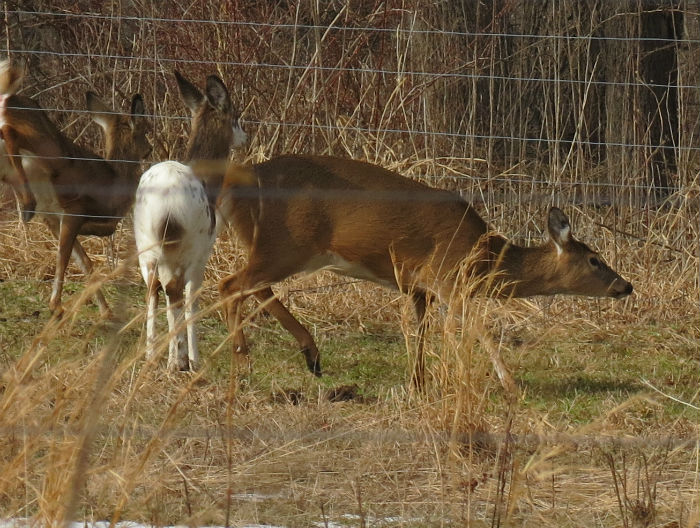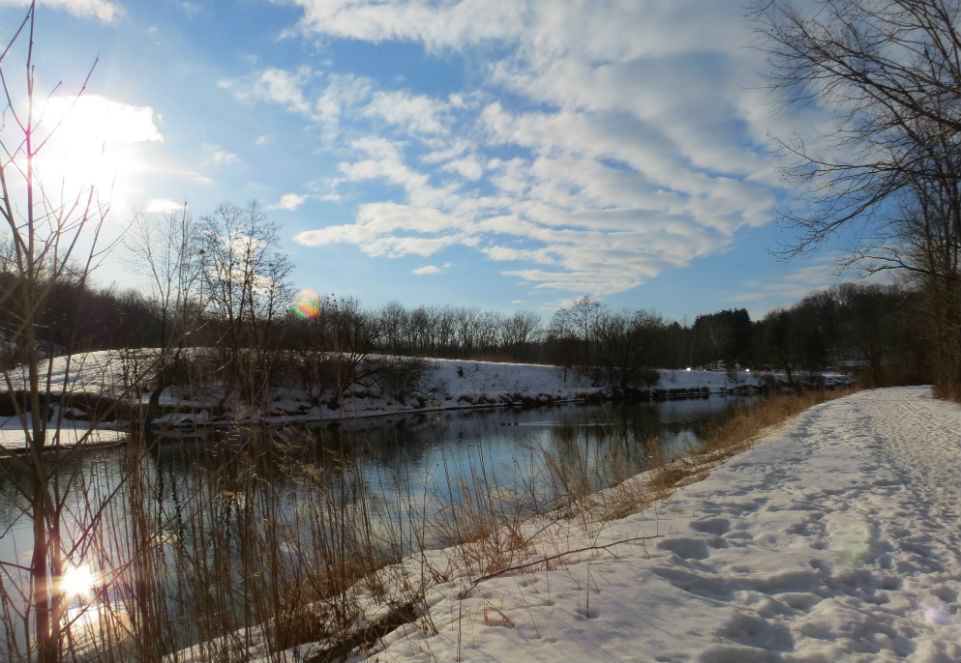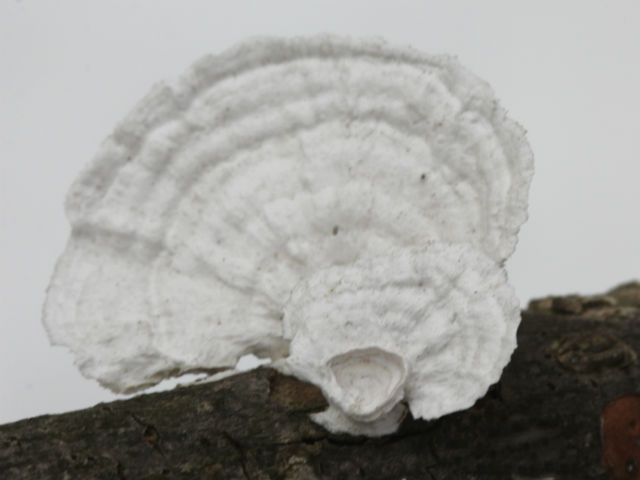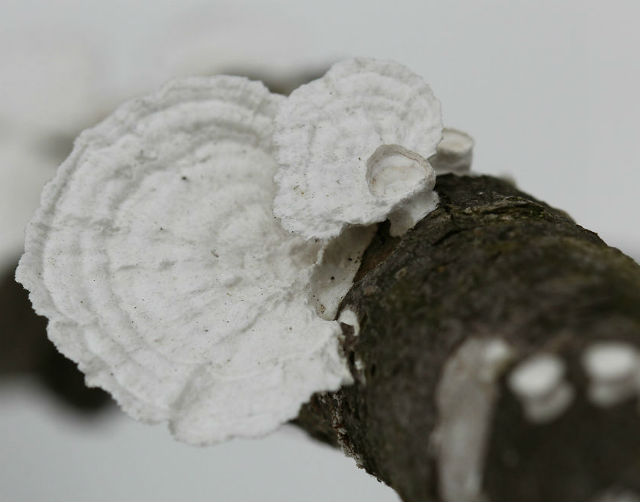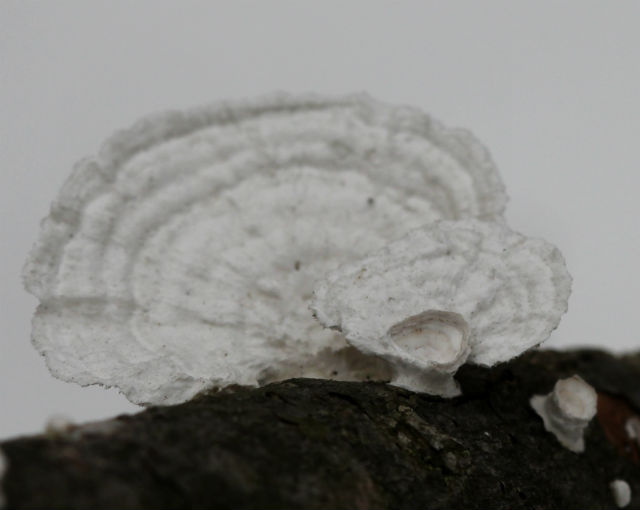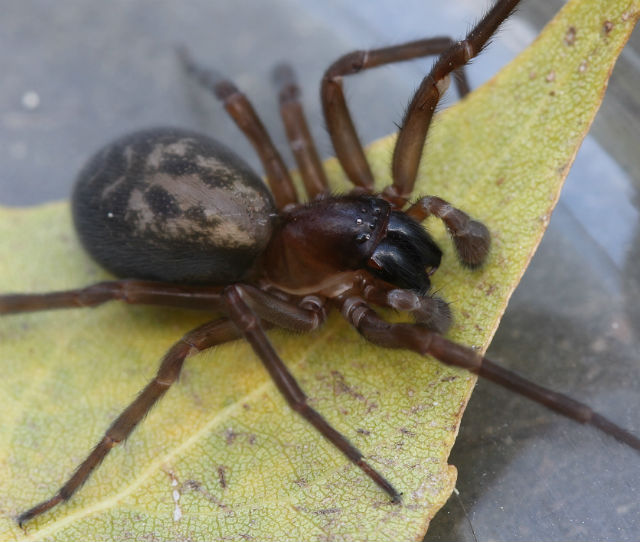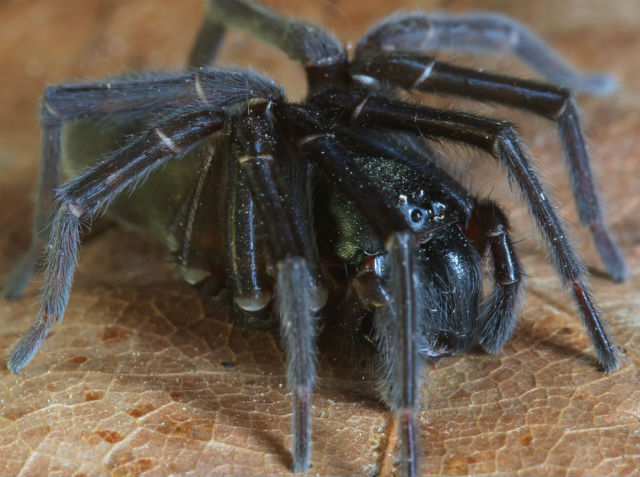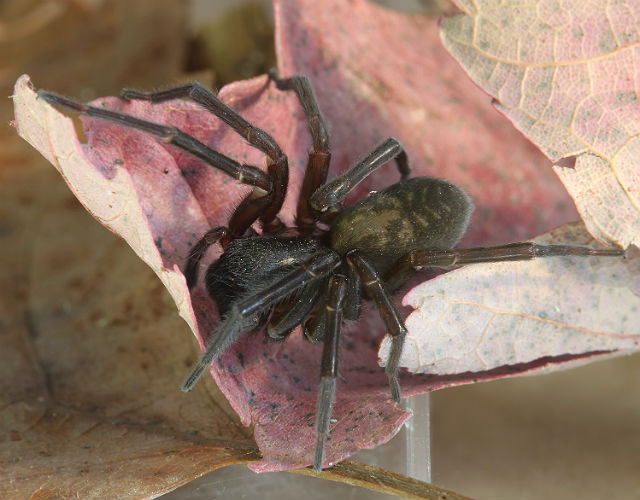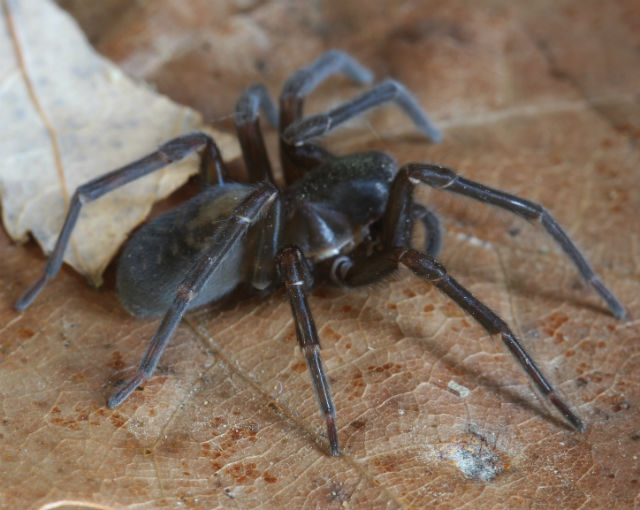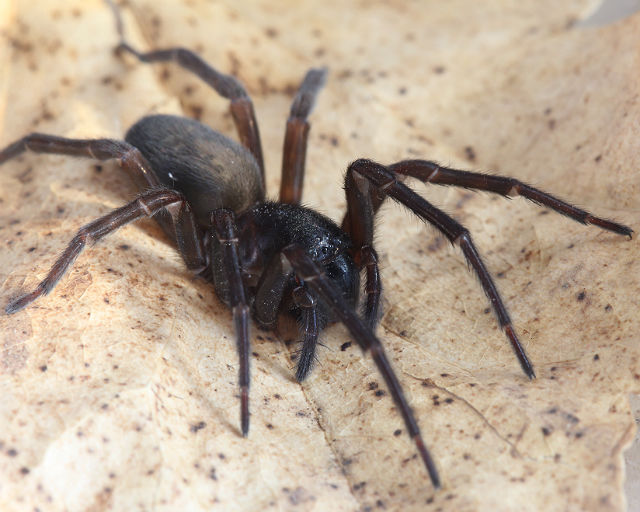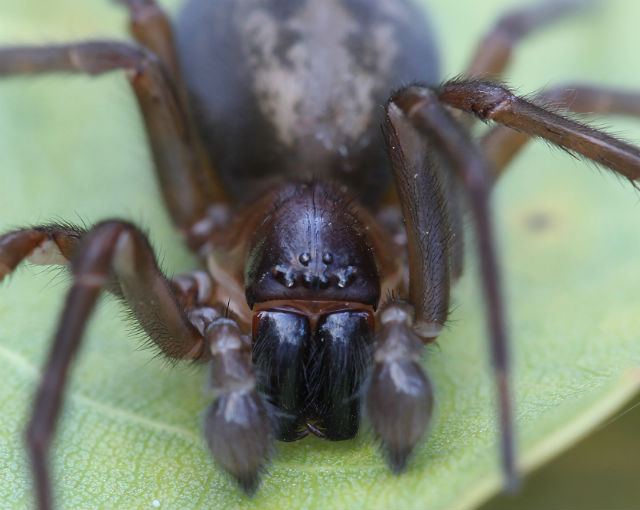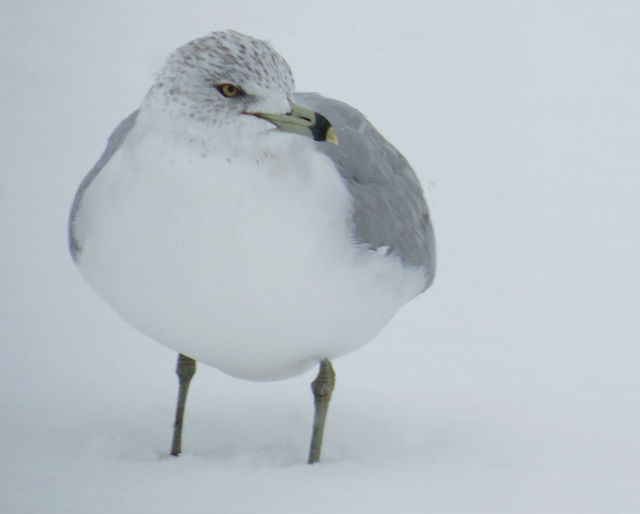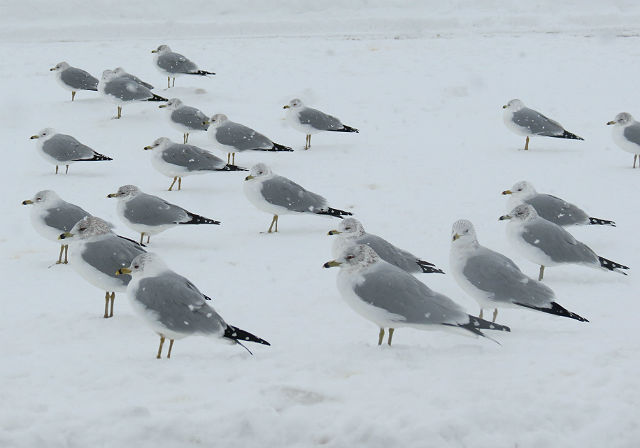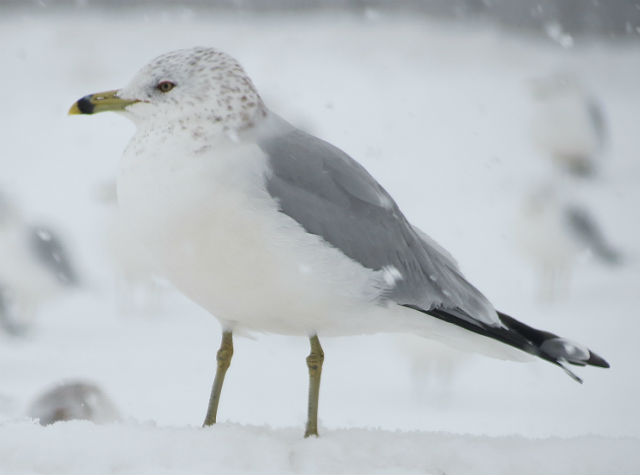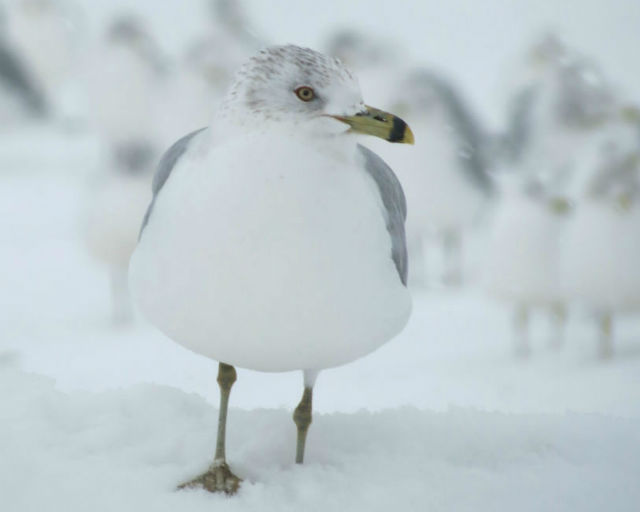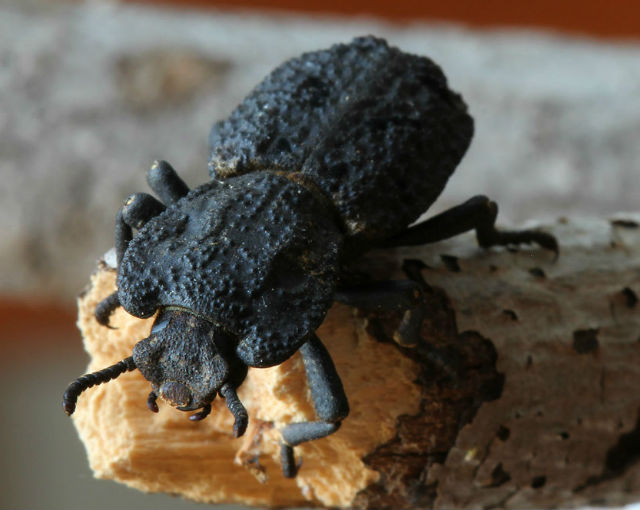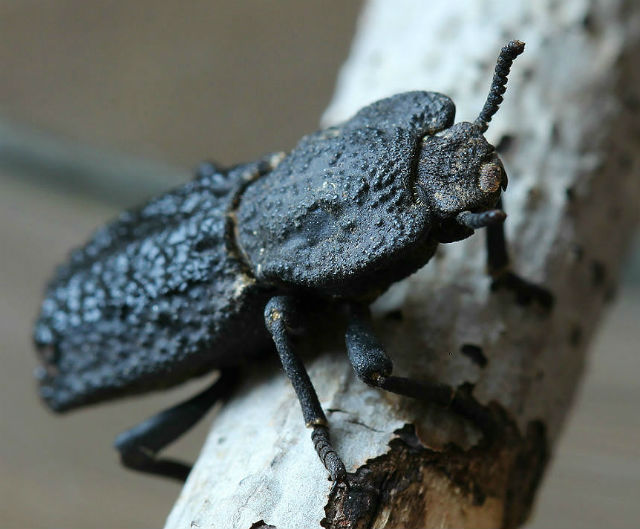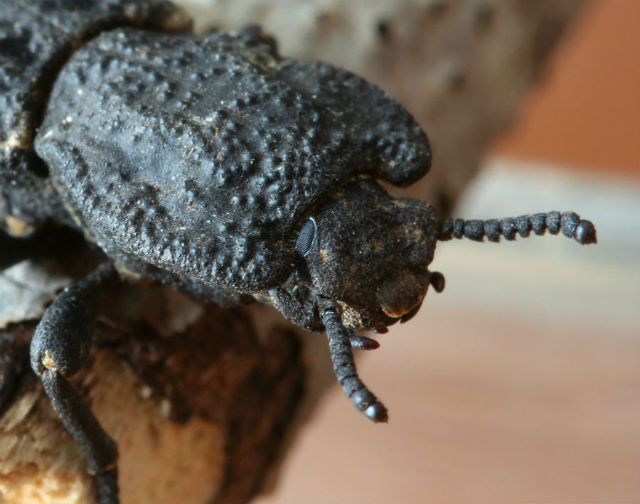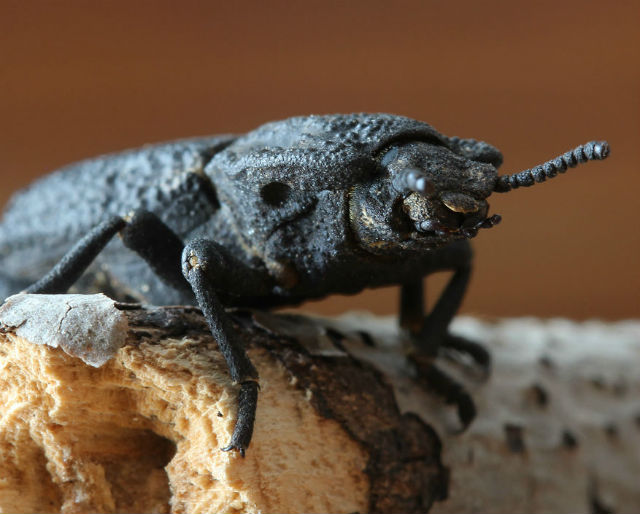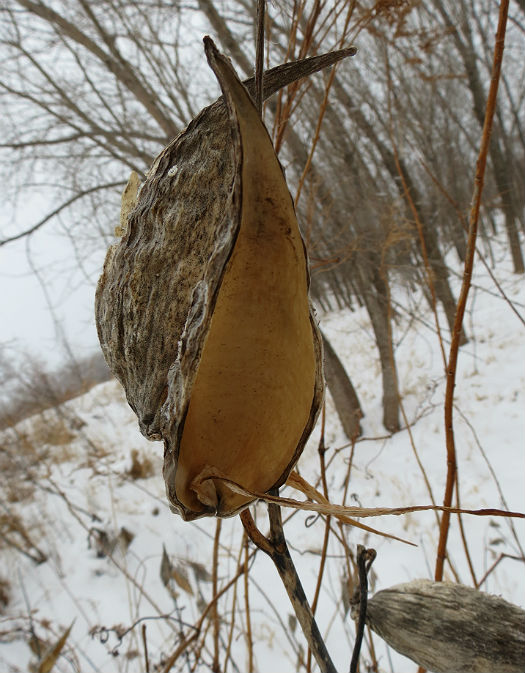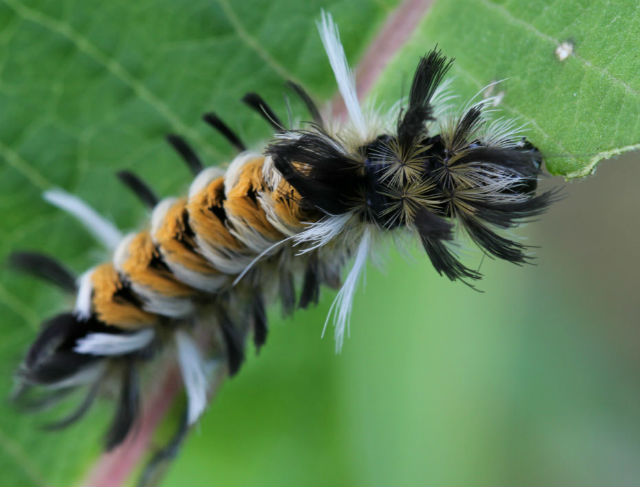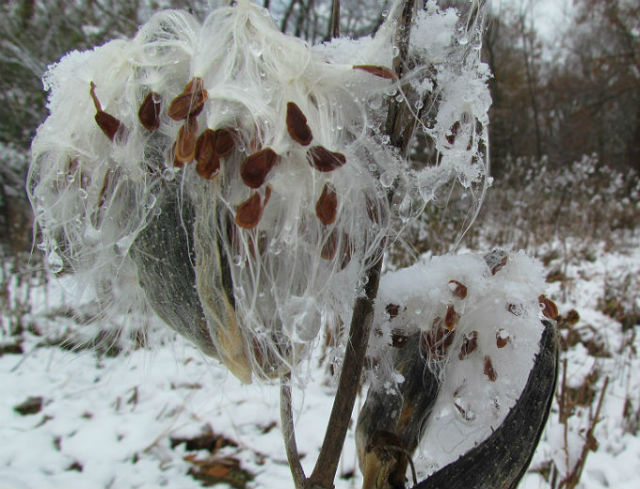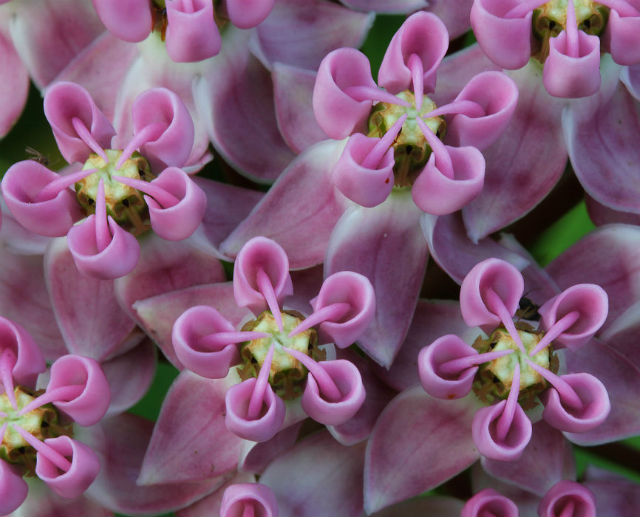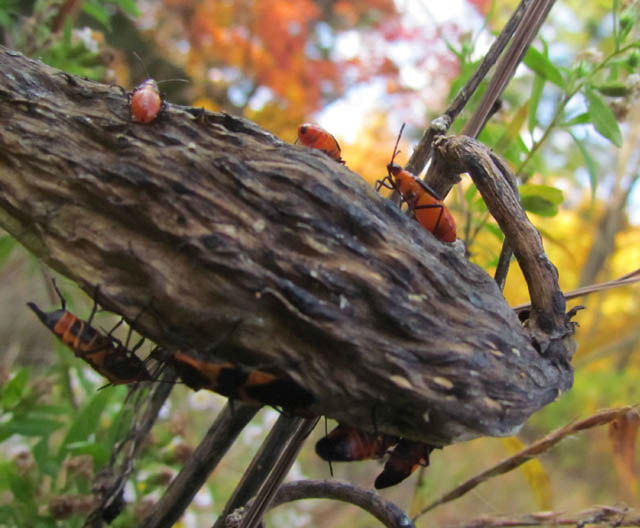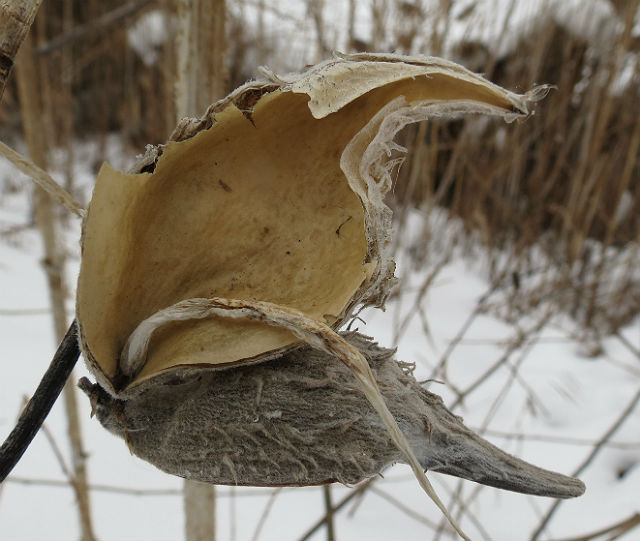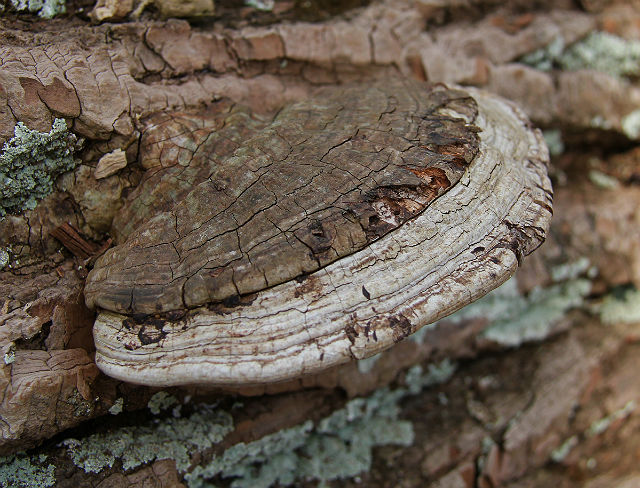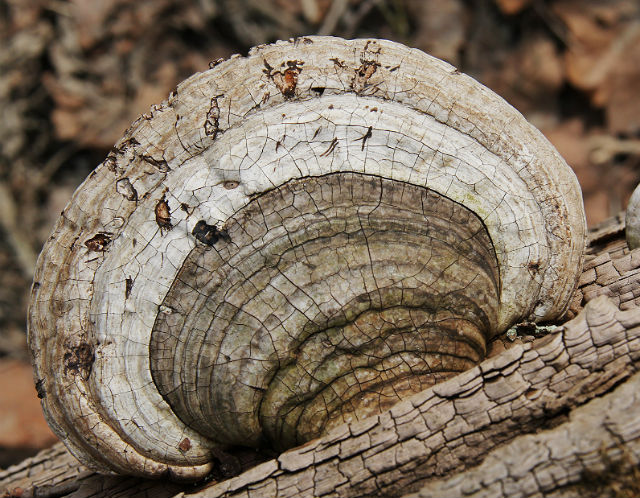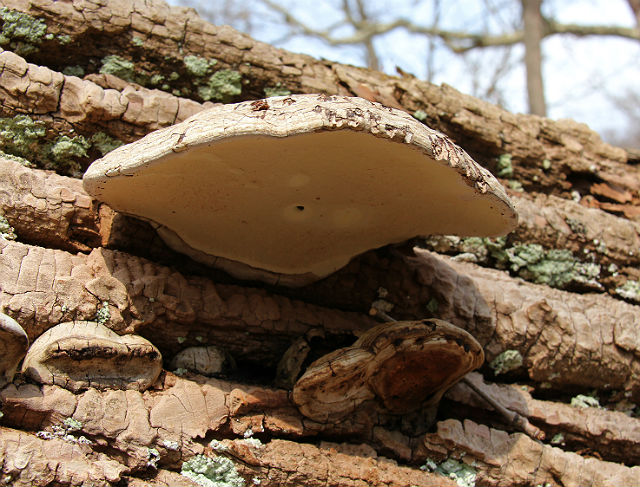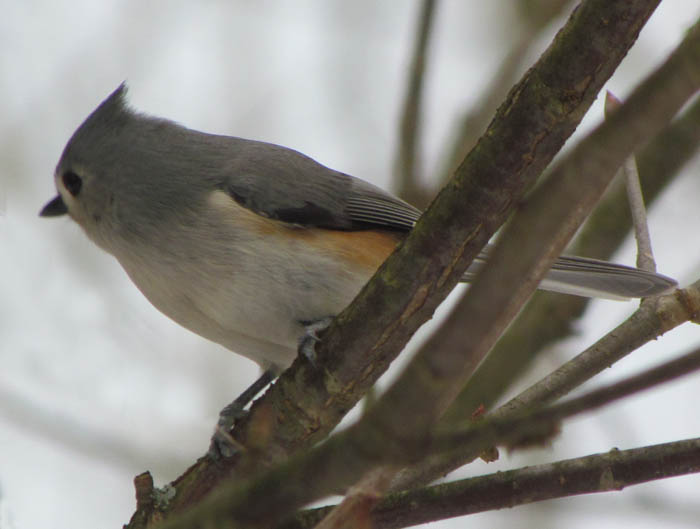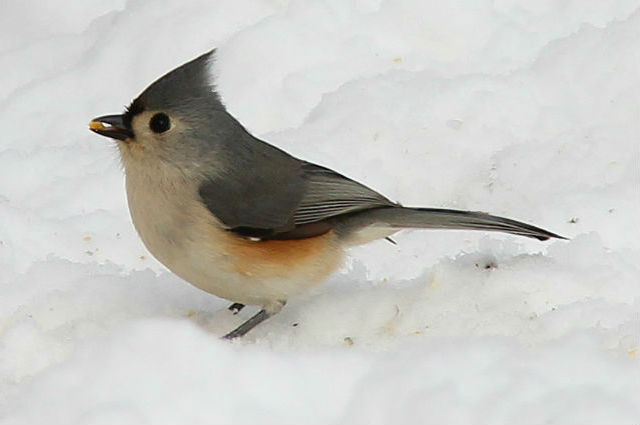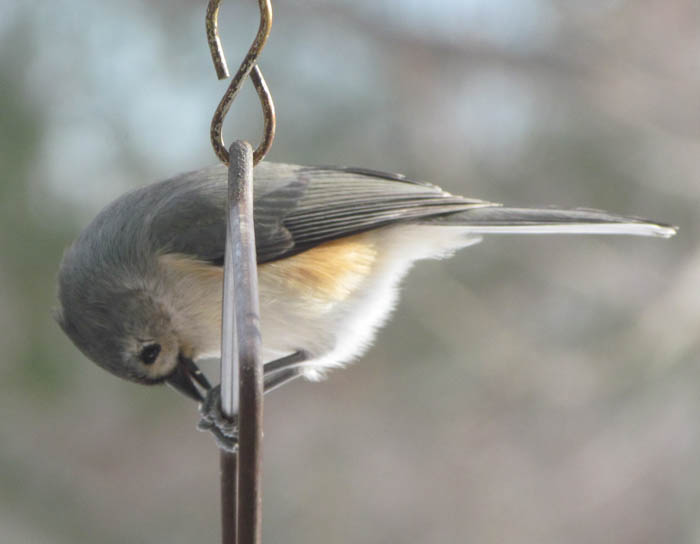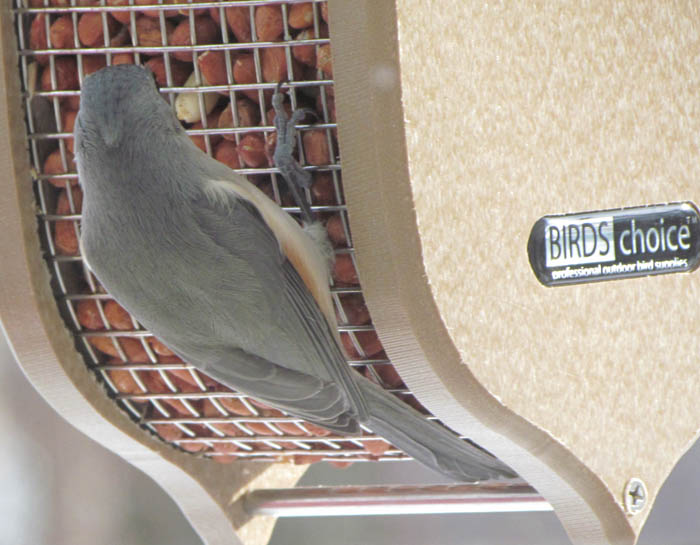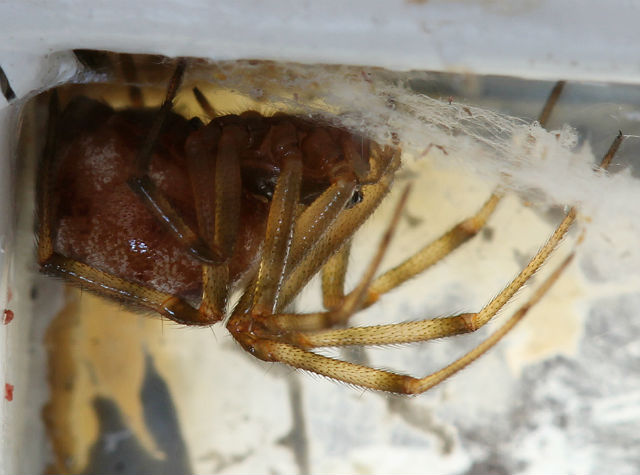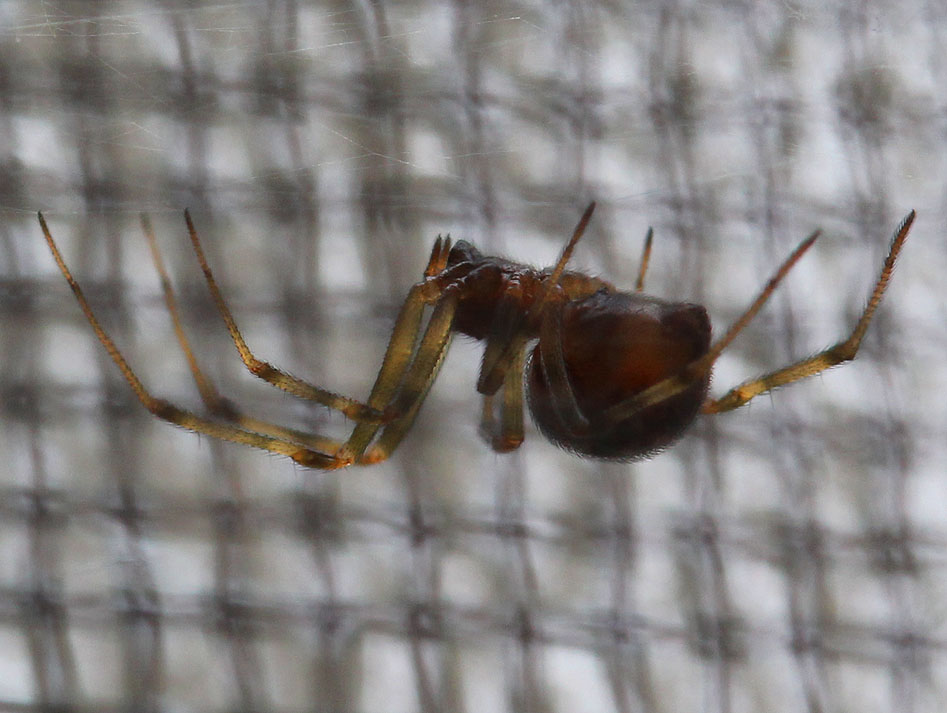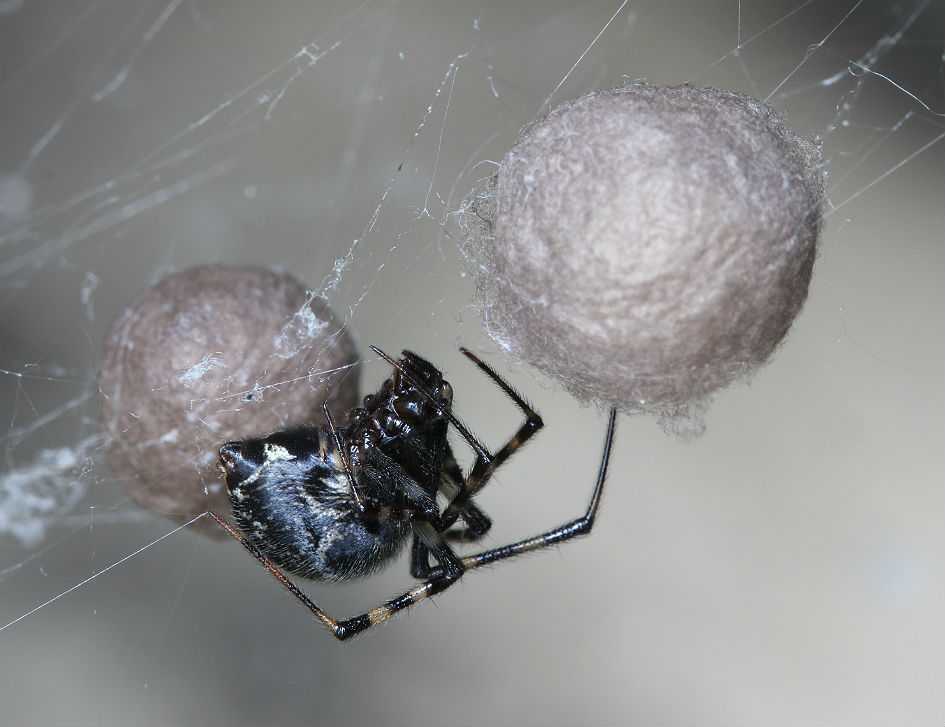
Although these are the largest wild animals where I live, they are smallest members of the North American deer family, and are found from southern Canada to South America.
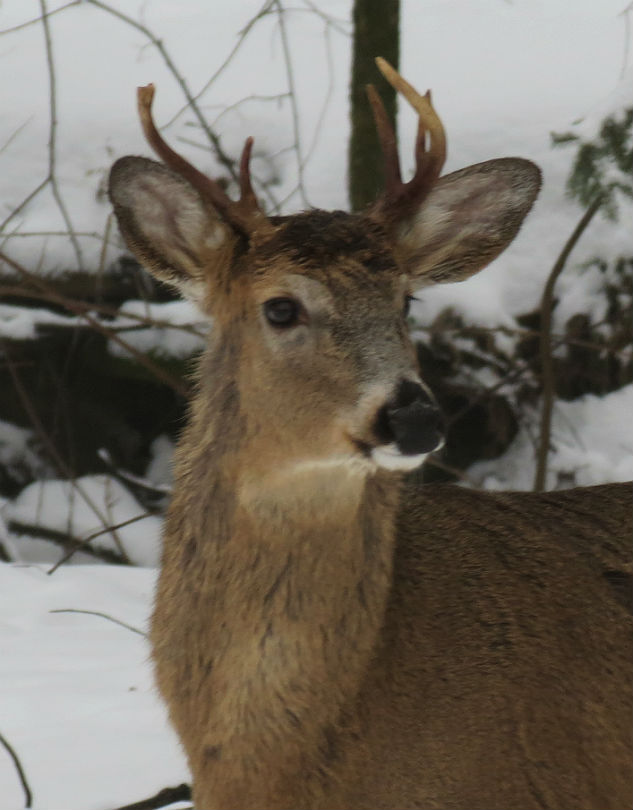
In the Summer they are often found fields and meadows, using small trees for shade and hiding places. During the Winter they generally reside in forests, preferring coniferous stands that provide shelter from the harsh elements.

Only the males (bucks) grow antlers, which bear a number of tines, or sharp points. During the mating season, bucks fight over territory by using their antlers in sparring matches.
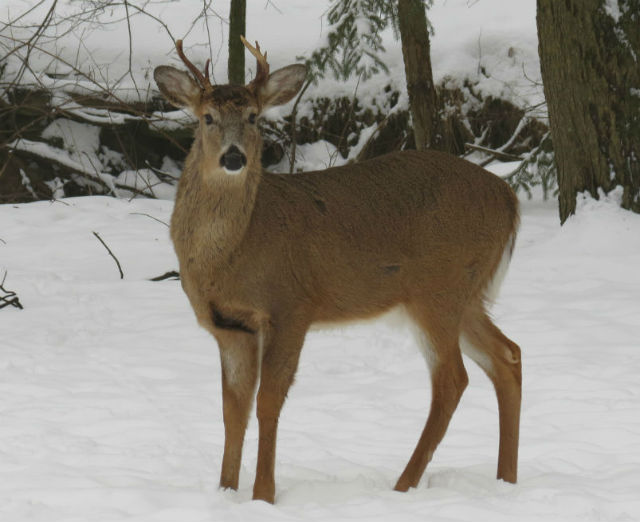
White-tailed Deer are reddish-brown with a white belly and tail in Summer. In Winter, the reddish-brown changes to grayish-brown. White-tailed Deer are mostly nocturnal, but can be seen any time of day. They do most of their feeding early in the morning or when the sun is going down.
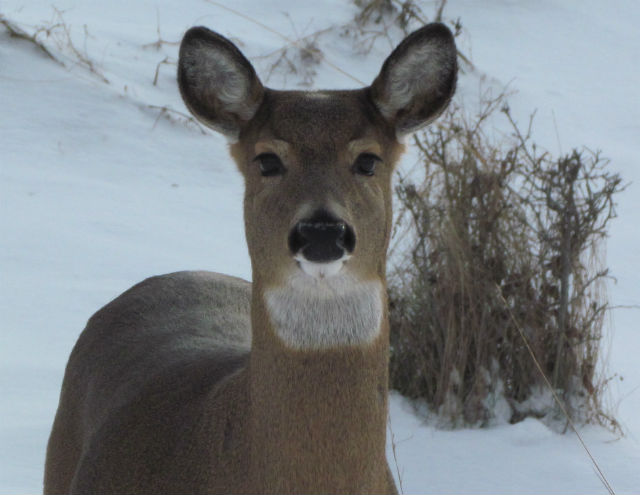
A female (doe) has from one to three fawns in a litter. Fawns stay with their mother for almost a year. A doe leaves her fawns hidden while she feeds. Sometimes she leaves them for up to four hours. They do not move while she is gone. They have extra white spots on their coats which help camouflage them. These photos were taken in my backyard this month, here’s a summertime fawn seen in my yard a couple of years ago.
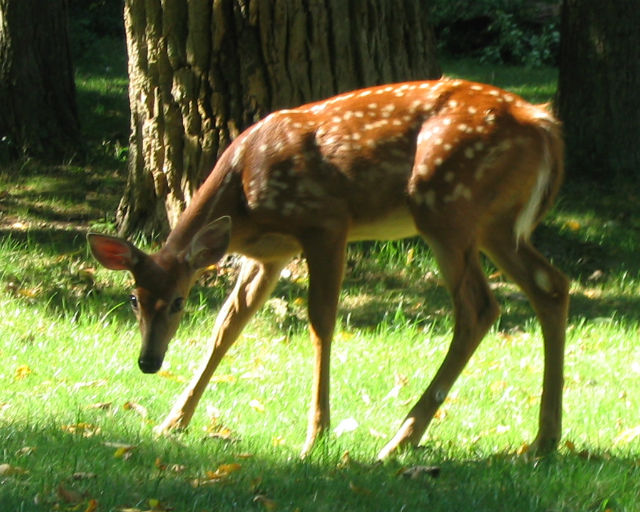
White-tailed Deer run very fast, up to 36 miles per hour. They are great swimmers and can leap far as well. Deer can leap over eight feet high and thirty feet long.
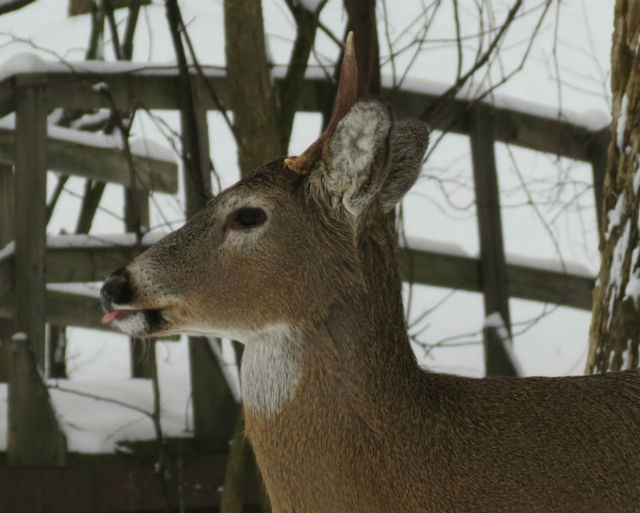
These animals are herbivores, but they eat a wide variety of foods, including green plants in the Summer; acorns, fruits and nuts in the Fall; and twigs in the Winter. White-tailed Deer also eat a lot of garden plants, flowers, vegetables and ornamental trees in people’s yards.
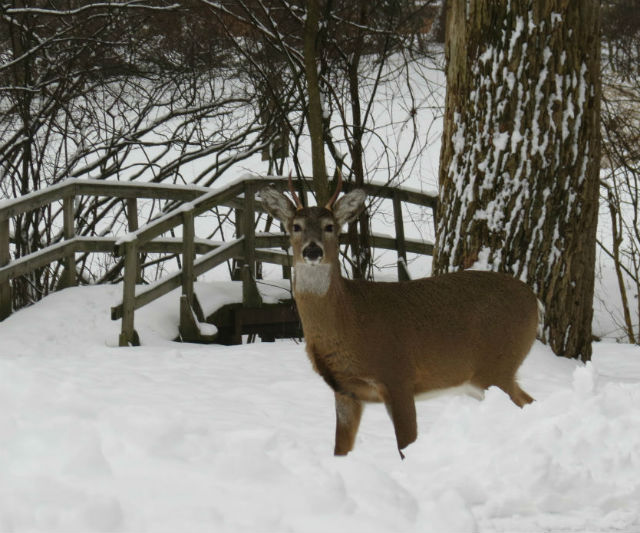
When a deer is nervous it will snort and stamp its feet. When it is alarmed it automatically raises its tail. Sometimes when you startle a deer, all you see is a flash of white disappearing into the woods.
Third Eye Herp
E-mail

